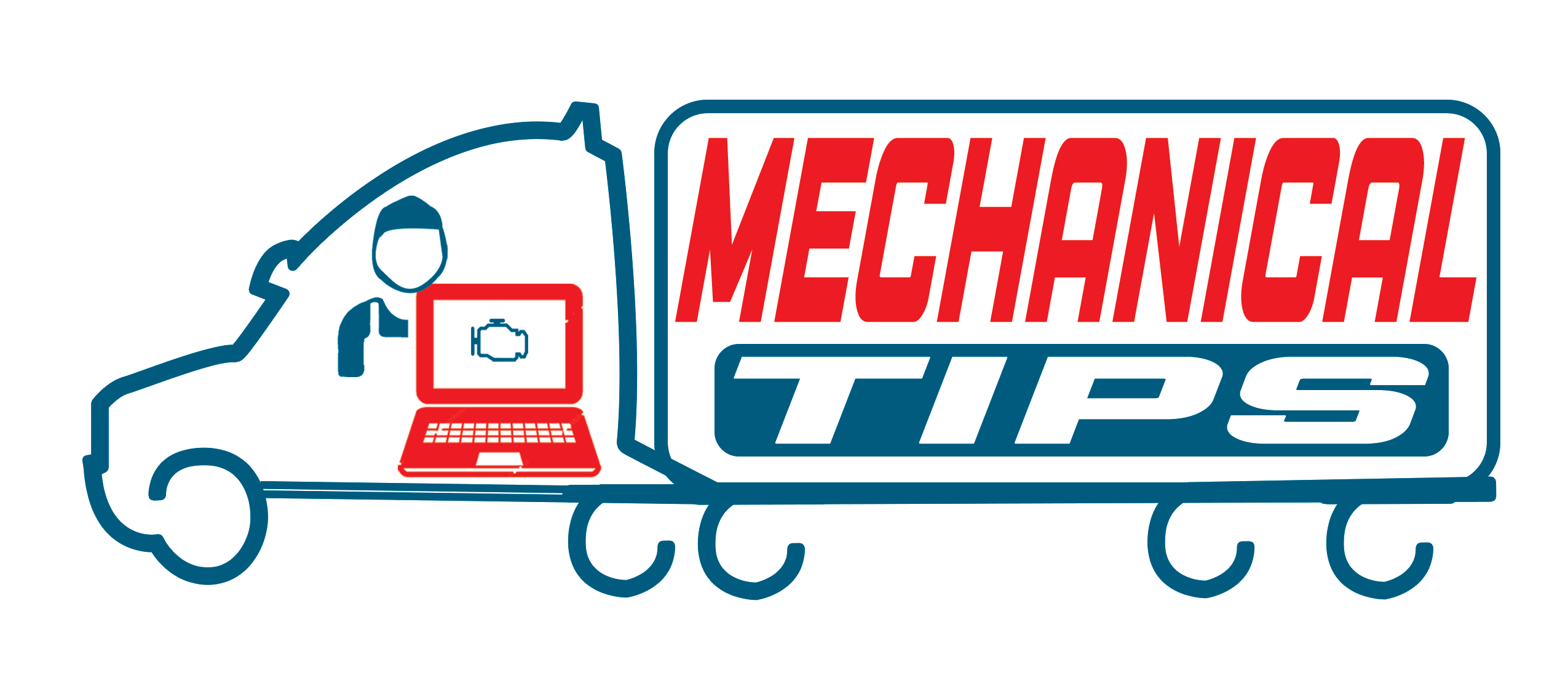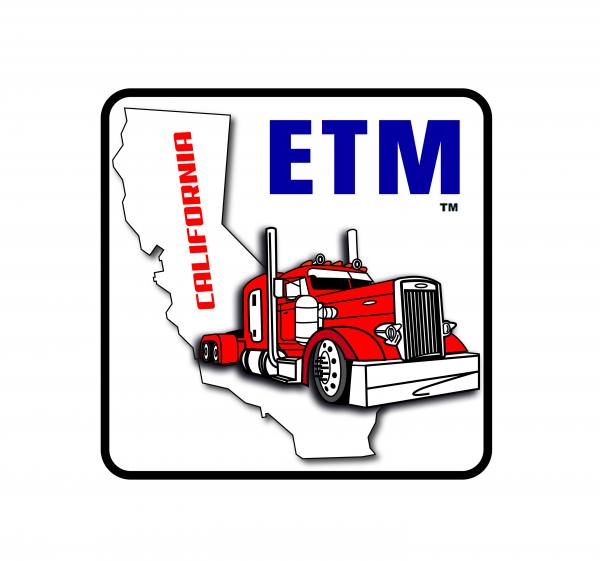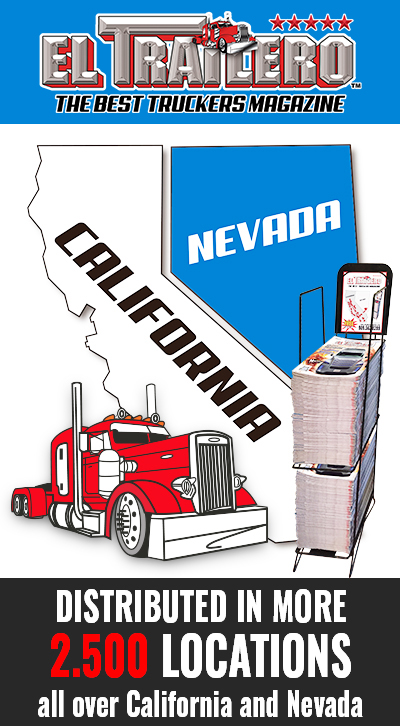 |
|
 |
Get our FREE |


Having a tire under inflated is a very common problem in the trucking industry which translates to billions of dollars spent because of the rise of tread wear, tire blowouts, fuel consumption and other problems.
According to a field test performed by the U.S Department of Transportation having an optimal tire inflation means that every fleet could save about $2.400 per year with every tractor/trailer in addition to enhancing the safety and saving time.
Halo Tire Inflator™ from Aperia Technologies is great auto-inflation solution for trailers and tractors. Halo, the first standalone tire inflation technology for medium- and heavy-duty vehicles, is:
- Easy to install
- Completely mechanical
- Rotational pump
- Compatible with dual or wide-base tires
- Bolt-on device
- Can be installed in 5 to 10 minutes per wheel-end
- Doesn’t require connection to an onboard compressor
The benefits of choosing Halo Tire inflator™ are:
- Reduced Tread Wear
- Fewer Blowouts
- Increased Fuel Efficiency
- Prevented Accidents
- Maximized Up-Time
- Fleet profitability
- Simplified Maintenance
- Reduced emissions
- Extender Casing Life
The steps of installation process are:
1- Check pressure and orient Halo Tire Inflator™ (left and right)
2- Test-fit Bracket for optimal hose fit
3- Install Bracket
4- Attach Halo Tire Inflator™
5- Attach Hose(s) to tire valve system
6- Attach hose(s) to Halo Tire Inflator™
7- Perform a final check
For more information about Halo Tire Inflator™ and detailed installation steps
please visit: https://aperiatech.com/installation/.
Driver fatigue is one of the leading causes of accidents in the trucking industry. To reduce this risk, the Federal Moto...
read more...In California, strict regulations from the California Air Resources Board (CARB) require trucks to meet high emission st...
read more...Whip Around is an innovative mobile application designed to simplify daily vehicle inspections and digital maintenance r...
read more...In 2025, the trucking industry faces significant challenges in optimizing operational costs due to rising fuel prices an...
read more...

